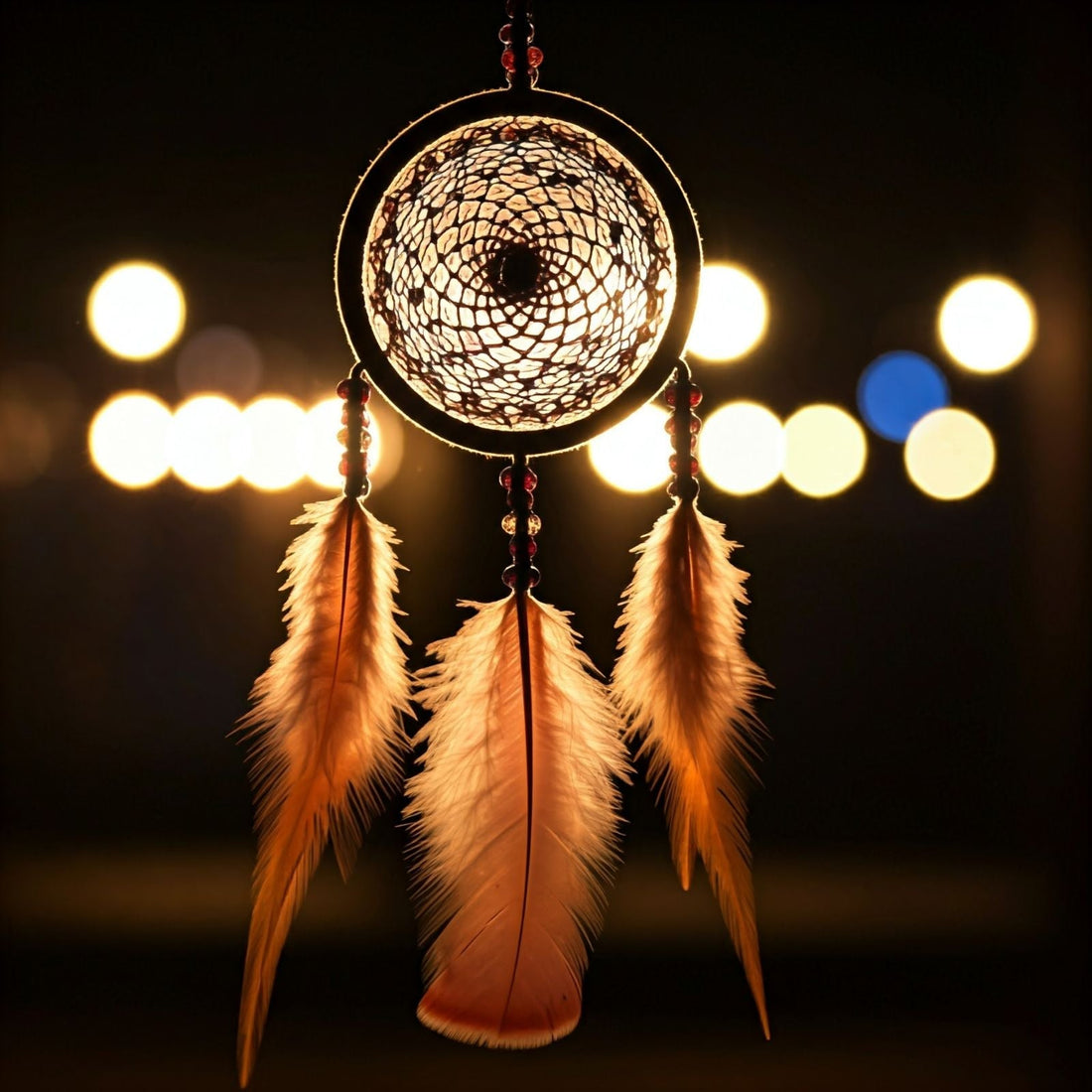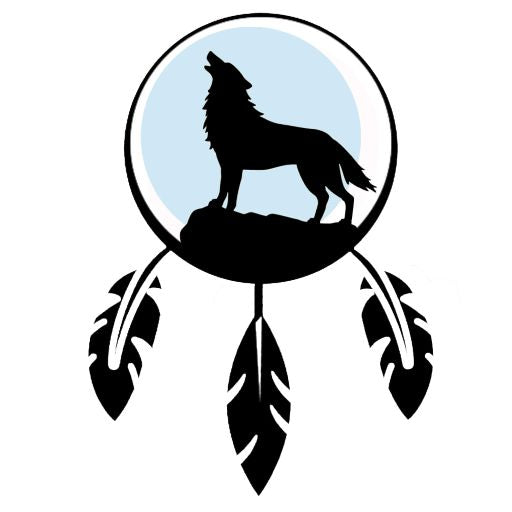The art of dreamcatcher: origin, meaning and authentic purchase

Dreamcatchers are among the most iconic objects of Indigenous craftsmanship. Their popularity has transcended borders and cultures, but it's crucial to understand their origins, their deeper meaning, and how to purchase authentic pieces. This article explores the essential aspects of dreamcatchers and offers tips to ensure your purchases truly support Indigenous artisans.
Origin and meaning of dreamcatchers
1. History of dreamcatchers
Dreamcatchers originated with the Anishinaabe people, also known as the Ojibwe or Chippewa, of Canada and the United States. Traditionally, they were made from willow hoops, silk or leather threads, and feathers. Their purpose was to protect children and community members from bad dreams by trapping them in the web of threads, while allowing good dreams to pass through.
2. Symbolism and function
The circle of the dreamcatcher represents the circle of life and harmony. The web of threads in the center symbolizes challenges and obstacles that can be overcome. The feathers and beads added to the dreamcatcher also have spiritual significance, each element having a specific meaning according to tradition. Dreamcatchers are often hung above beds or in homes to attract positive dreams and ward off evil spirits.
Traditional manufacturing and materials
1. Materials used
Traditional dreamcatchers are made from natural materials such as moose leather, feathers from various bird species, and willow or maple wood. These materials are chosen for their symbolism and connection to nature.
2. Manufacturing Techniques
The artisans use specific techniques to twist and weave the threads for the dreamcatcher. The making process is often accompanied by songs or prayers, incorporating spiritual and cultural elements into the process.
How to buy authentic dreamcatchers
1. Search for reliable sources
To purchase authentic dreamcatchers, look for vendors or shops like Indigenous Crafts that work directly with Indigenous artisans. Product descriptions should include information about the origin of the materials and the crafting techniques used. Indigenous Crafts offers a range of dreamcatchers made according to ancestral traditions, guaranteeing their authenticity and respect for cultural practices.
2. Avoid culturally appropriated products
Be wary of products made by non-Indigenous people or that do not respect cultural traditions. Cultural appropriation occurs when cultural elements are used commercially or without respect for their meaning. Purchase only from sources like Indigenous Crafts that guarantee authenticity and ethical production.
3. Verify the certificates of authenticity
Some artisans and shops, such as Indigenous Crafts , offer certificates of authenticity or labels that guarantee dreamcatchers are made according to Indigenous traditions. These certificates can provide information about the origin of the products and ethical manufacturing practices.
Issues of cultural appropriation
1. Understanding the risks
Cultural appropriation is a major problem in the sale of Indigenous objects, including dreamcatchers. Non-Indigenous businesses that manufacture and sell these items without authorization or respect for cultural traditions contribute to the exploitation of Indigenous symbols.
2. Support local artisans
To avoid cultural appropriation and truly support Indigenous communities, purchase dreamcatchers directly from artisans or organizations like **Indigenous Crafts** that work in partnership with them. This helps preserve traditions and support local economies.
Conclusion
Dreamcatchers are powerful symbols of Indigenous culture, combining handcrafted beauty with profound spiritual significance. By understanding their origins and meanings, and making informed choices when purchasing them, you can ensure your purchases genuinely support Indigenous artisans and respect their cultural traditions. Be a conscious and respectful consumer to preserve the richness and integrity of Indigenous craftsmanship.
Sources:
- The Canadian Encyclopedia - Dreamcatcher
- Indigenous Corporate Training Inc. - Cultural Appropriation and Authenticity
